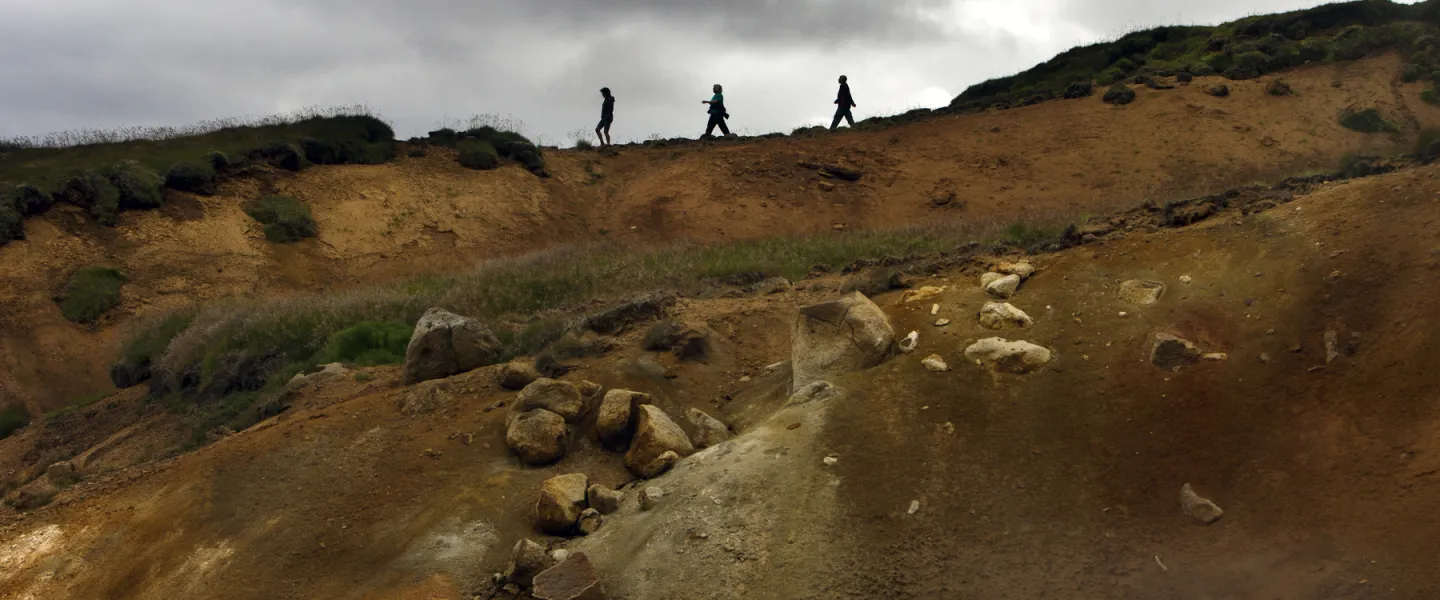
The Aðalsteinn Kristjánsson Memorial Fund to advance natural sciences and chemistry at the University of Iceland calls for grant applications. The purpose of the Fund is to provide grants to students and/or academics at the University of Iceland for research in natural sciences.
The application deadline is 1 March 2021.
This year, grants are available for PhD students in natural sciences at the University of Iceland who need to add a fourth year to their programme but do not have adequate funding.
The total sum to be allocated is up to ISK 2,000,000.
Grant applications must include the following details:
- Applicant's name, national ID number, address, telephone number and valid email address.
- Title of the project, aims and scientific or practical value.
- Abstract: A concise description of the project which will be used in general discussion and publicity materials if the application is successful. (max. 150 words)
- A description of the project, including a more detailed description of its aims, implementation and output (max. 450 words).
- Start of PhD project (month, year).
- Schedule and budget.
- Collaborating partners and other supporters if applicable.
- How the grant will be used if the application is successful.
- Information about other financial support.
- Names, telephone numbers and email addresses of two people who could provide references.
- CV and bibliography (accompanying document).
The maximum length of the application is three pages, not including accompanying documents. All applications will be treated as confidential. The board of the Fund reserves the right to award grants to more than one applicant, to reject all applicants and/or allocate grants in another way.
Grant recipients must report on the status of their project after a year. If a grant is used in a way that is not consistent with the application, it must be repaid.
Grants will be allocated in spring 2021.
Applications should be sent as an attachment to the University of Iceland Scholarship Funds email address: sjodir@hi.is.
The Fund was established in 1978 with a bequest from Aðalsteinn Kristjánsson, who lived for most of his life in Winnipeg, Canada, and his last years in Puente, Los Angeles, California. Aðalsteinn died on 14 July 1949.
Further information is available on the home page for the Fund on the University of Iceland grants and funds site. Alternatively, contact Helga Brá Árnadóttir, project manager for scholarship funds at the University of Iceland, helgab@hi.is, tel. 525-5894.